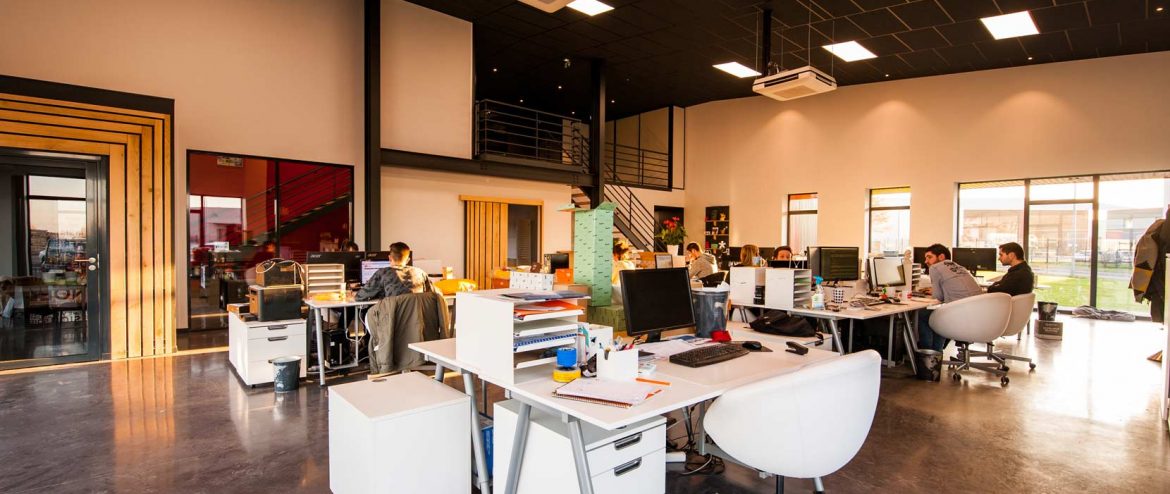Sometimes in a not so distant past, office space used to be just somewhere to get things done. But in these times, that mentality is gradually changing as employees and employers alike are beginning to appreciate the influence of workplace design and dynamics on creativity. There is more emphasis on technology and collaboration and there is increasing evidence that the nature and design of the immediate work environment can affect the performance of employees. This has created a need for a creative shift from conventional office spaces to more functional and more intimate office space designs. Here are the top five things that are trending in creative office space here in North San Diego County:
1. Biophilic designs. You most probably would have heard or seen elements of biophilic designing in offices around you. But it appears the trend of ‘greening’ the office is going to a whole new level. The move to include life in offices is widely recognized as an admission of our deep connection with nature and has been warmly received in most quarters. Gradually, including lush, green plants in the office space has become commonplace in the office market. Furthermore, the plants appear to be getting bigger, more beautiful and a wider selection of species are popping up. For some offices, going green has gone beyond putting potted plants in the office. Natural elements are further employed in the elements of the office construction such as roofing, lighting, ceilings, etc.
2. Unconventional work areas. The era of cubicles and personalized office spaces is fast disappearing into distant memory. Millennials love their freedom and they crave more space even in the workplace. Thus, offices are tearing down cubicles and adopting open style workspaces that could almost pass for a high school lounge. The emphasis on collaboration at the workplace also favors the trend of unconventional workspace designs. Communication barriers are now next to non-existent and employees are free to interact with each other as long as they are getting the job done.
3. Homey designs. Remote working has gained more popularity with the advent of the computer and other advanced communication tools. To attract people to work in offices, employers are exploring the concept of ‘home away from home’ as it applies to office spaces. Office designs that offer home-style comfort are on the rise and you could almost argue you have just walked into someone’s living room if you stroll into any of these places at night. These office designs incorporate things you would normally find in a home such as minibars, fireplaces, sofas, game rooms, showers, and many other features.
4. Dynamic workspaces. Adaptability is now a key feature of many office spaces. Dynamic workspace designs seek to create workspaces that are easily adaptable and are in constant change. Cubicles and hardly moveable work desks are replaced by features that are easily moveable either to improve aesthetics and functionality or simply to fulfill a craving for something different. Furniture with wheels, moveable wall dividers, garage doors, etc. are some of the features that define dynamic workspaces. The same space that was used for an office party today can be adapted into a conference room tomorrow and the workers do not need to break a sweat while at it. Perhaps, the greatest advantage of dynamic workspaces is the freedom it gives workers as they are able to try new things in the quest for perfection.
5. The colors are moving in. One of the latest trends in creative office design is the inclusion of different color schemes. Drab, monochromatic color spaces, as you can guess, do not sit well with millennials. Vibrant colors are becoming more popular in modern offices and color schemes now incorporate more than a few colors. Everything seems to be pointing towards adding more life to offices.
The design scheme you would incorporate in your office space would ultimately depend on personal factors such as the nature of your business, your preferences, demography of employees, etc. But it remains undeniable that workplaces are changing and the changes exert a subtle influence on productivity and job satisfaction. You could just find your workplace left behind if you refuse to move with the tides.

